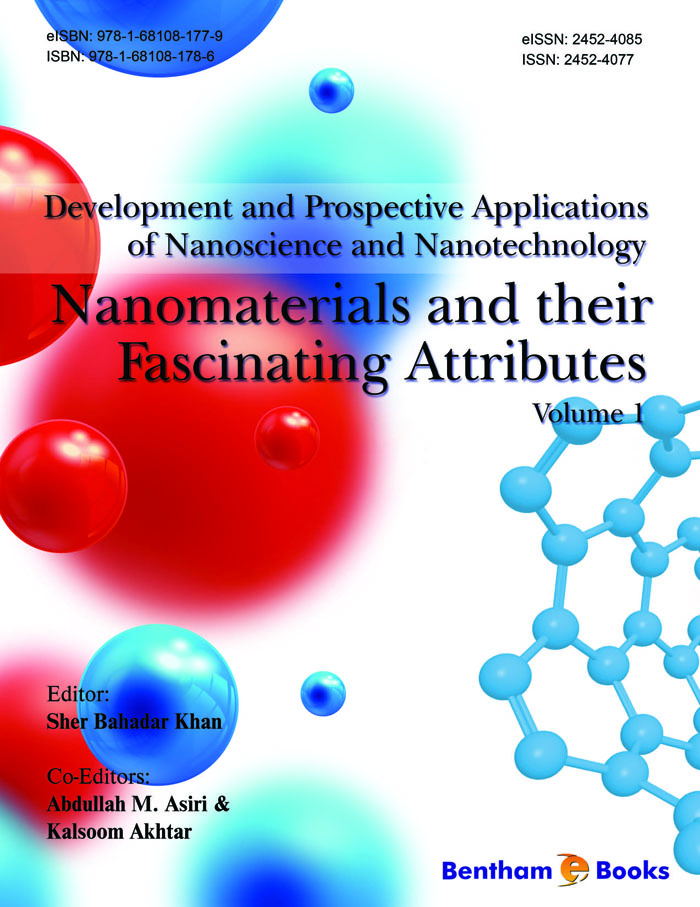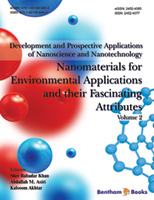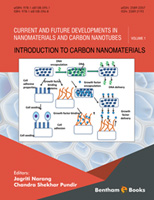Introduction
Nanotechnology is a diverse science that has brought about new applications in fields such as colloidal science, device physics and supra molecular chemistry. This volume gives an overview of the development of nanomaterial applications in energy and power generation, medicine and healthcare, water purification, biotechnology, electronics, sporting goods, environmental issues, military defense, and textile/fabric industries. The text also explains the fundamentals of polymer nanocomposites and their industrial applications. Other chapters cover semiconductor applications of nanomaterials, nanomaterial synthesis, characterization of nanocomposites and uses of nanofillers. Readers will also find notes on the DFT study of II-VI semiconducting nano-clusters.
This volume is intended to be an introductory reference for students and researchers undertaking advanced courses in materials science and engineering, giving readers a glimpse into the fascinating world of nanotechnology.





